Afternoon All,
I am assessing an existing property to determine if the roof is suitable for retiling and new sheathing etc.
The property was constructed circa 1860 (In Kent, UK), solid wall construction with a timber cut roof supported on purlins and wall plate.
The purlins are 145 x 75mm and span up to 6m gable to gable.
Does anyone have any advice on what is the assumed timber grade to assume for the softwood? - C12.
In addition, is there a typical defined deflection limit for roof purlins? - Similar to 14mm / 12mm without noggings for joists. What is a typical member deflection limit for supporting an interlocked slate roof? - 15mm?
Some pictures attached.
Any guidance will be hugely appreciated.
Kind regards,
Liam
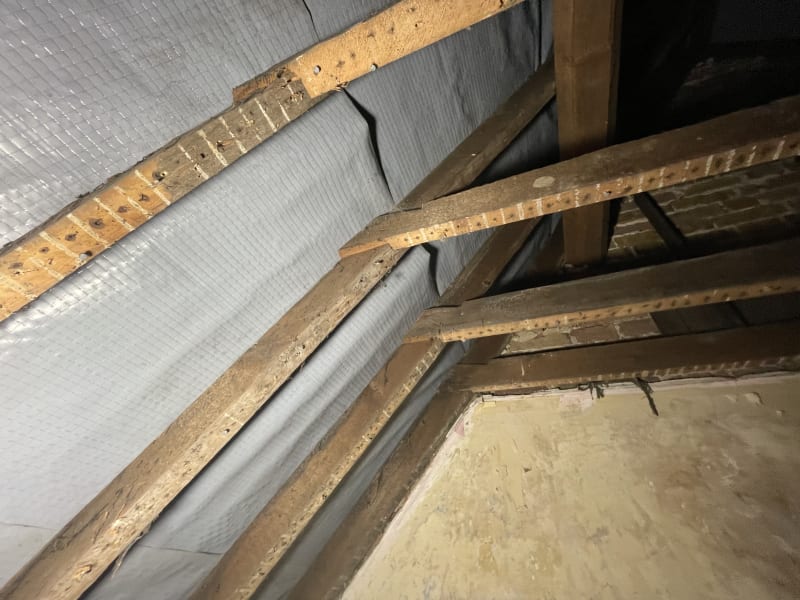
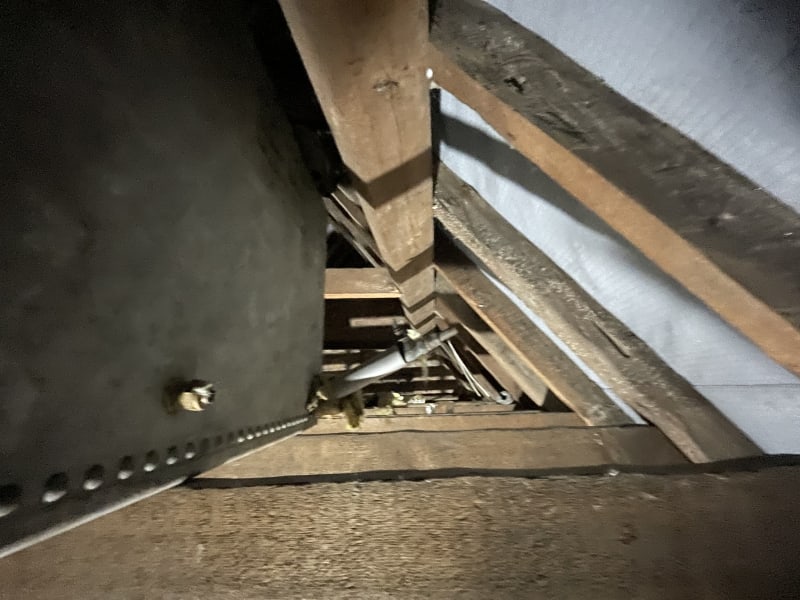
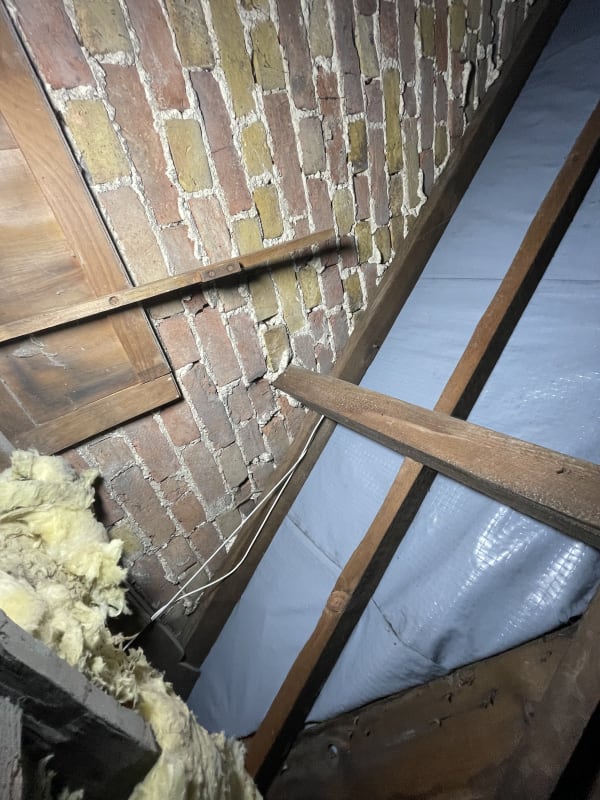
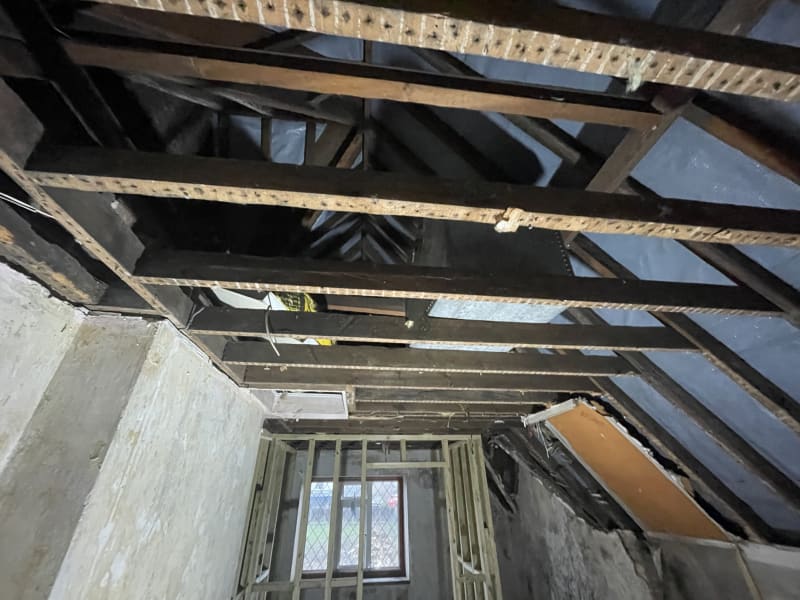
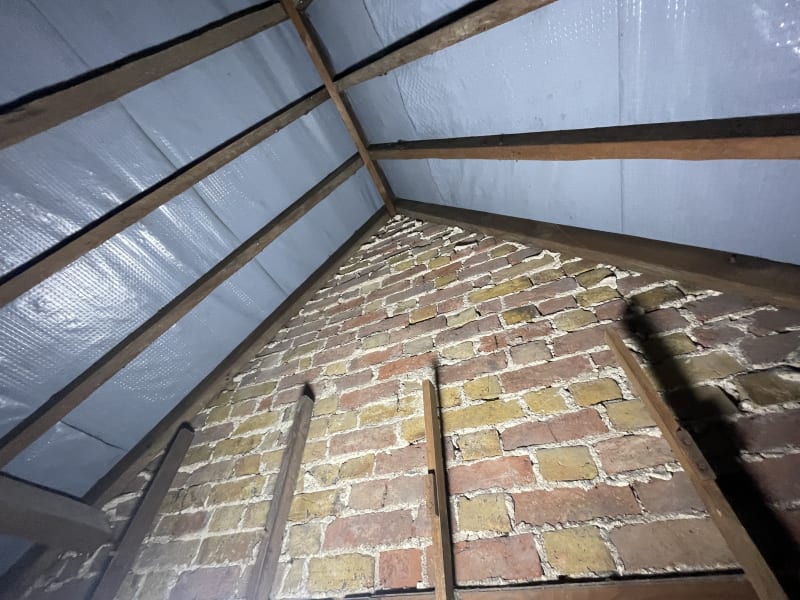

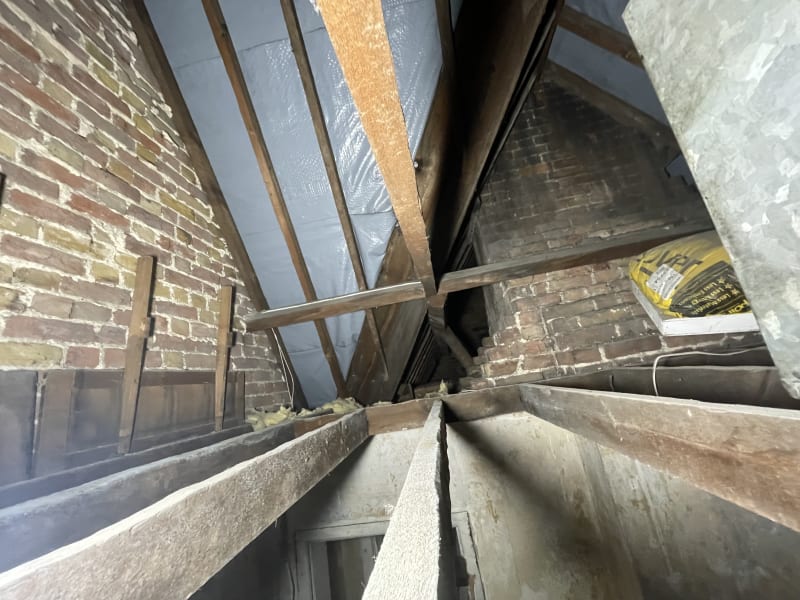
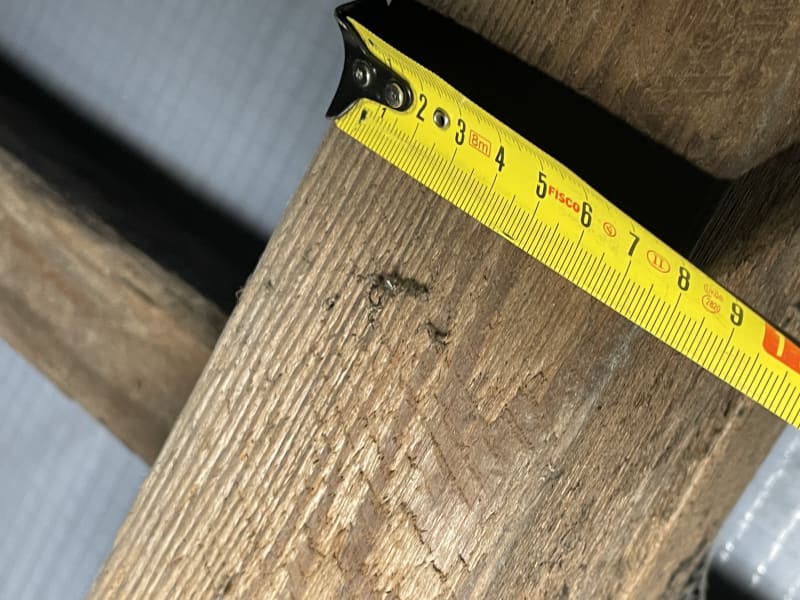
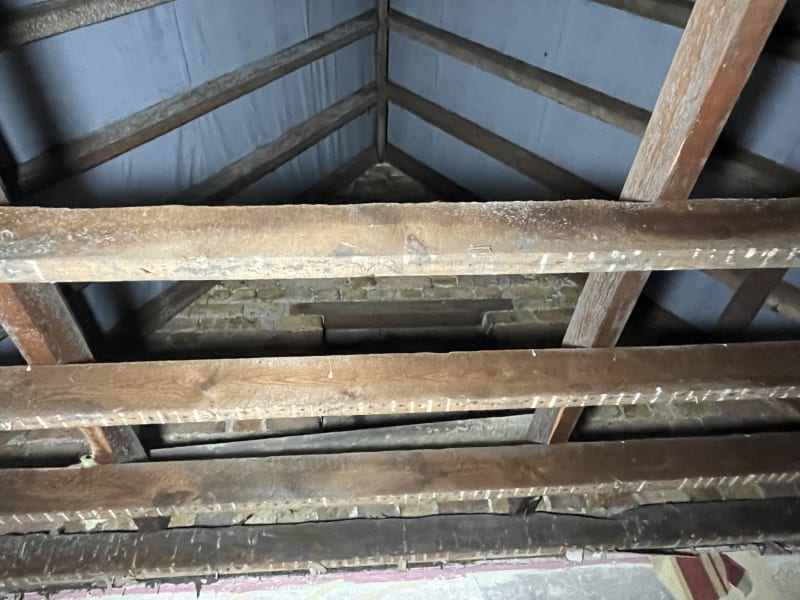


I am assessing an existing property to determine if the roof is suitable for retiling and new sheathing etc.
The property was constructed circa 1860 (In Kent, UK), solid wall construction with a timber cut roof supported on purlins and wall plate.
The purlins are 145 x 75mm and span up to 6m gable to gable.
Does anyone have any advice on what is the assumed timber grade to assume for the softwood? - C12.
In addition, is there a typical defined deflection limit for roof purlins? - Similar to 14mm / 12mm without noggings for joists. What is a typical member deflection limit for supporting an interlocked slate roof? - 15mm?
Some pictures attached.
Any guidance will be hugely appreciated.
Kind regards,
Liam











